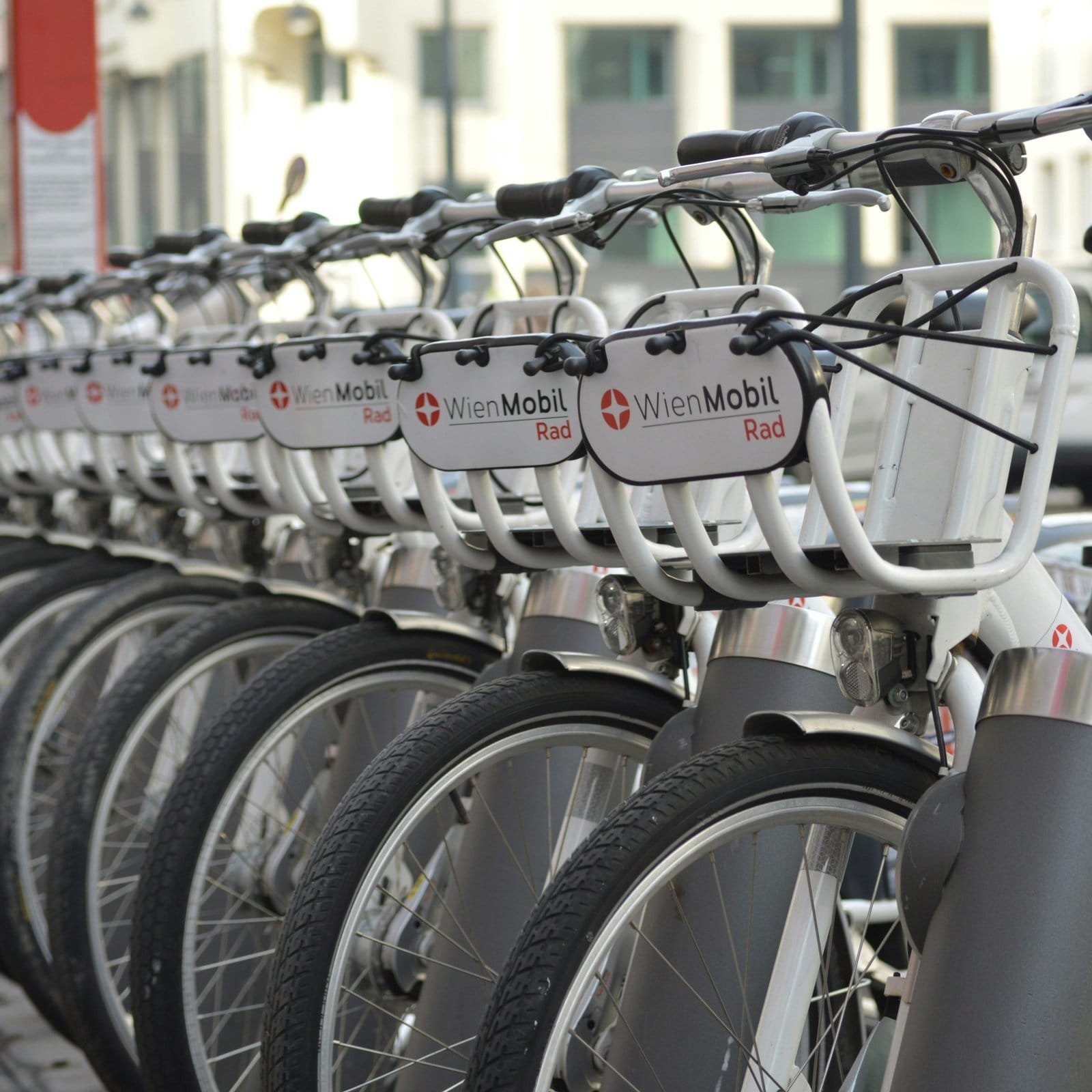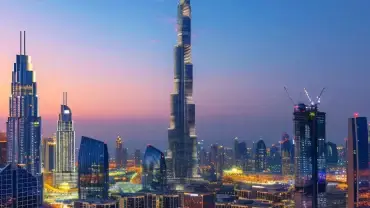Exploring Malaysia is one of the best experience to tourists because of its multiple attractions. Here, we have a guide to major tourist attractions and experiences.
Exploring Malaysia: A Guide to Tourist Attractions
Malaysia, a Southeast Asian gem, is renowned for its remarkable diversity and vibrant experiences that captivate travelers from around the world. This multicultural nation is a fascinating tapestry woven together by a rich tapestry of cultures, languages, and traditions. From the bustling streets of Kuala Lumpur to the serene beaches of Langkawi, Malaysia presents an array of attractions that highlight its unique essence.
The country’s cultural heritage is reflected in its festivals, architecture, and daily life, showcasing the harmonious coexistence of various ethnic groups, including Malays, Chinese, Indians, and indigenous peoples. Each cultural group contributes to a national identity that celebrates diversity, manifested in colorful celebrations such as Hari Raya, Chinese New Year, and Deepavali. This rich cultural landscape not only enhances the experiences for tourists but also provides an insightful glimpse into the society’s values and customs.
In addition to the cultural richness, Malaysia is blessed with breathtaking natural landscapes. Its geography ranges from verdant rainforests, which are among the oldest in the world, to majestic mountains and idyllic islands. The pristine beaches of the Perhentian Islands, the lush greenery of Taman Negara National Park, and the cool climes of the Cameron Highlands all invite exploration and adventure. Furthermore, the unique flora and fauna, including the iconic Rafflesia and the endangered Malayan tiger, entice nature enthusiasts and wildlife aficionados alike.
Moreover, Malaysia seamlessly blends modernity with tradition, creating a dynamic environment for travelers. The skyline of Kuala Lumpur is punctuated by the impressive Petronas Twin Towers, while traditional markets, such as Petaling Street and Central Market, offer authentic local experiences. As tourists navigate through Malaysia’s bustling cityscapes and tranquil retreats, they are sure to discover a destination that is both enriching and exhilarating. The allure of Malaysia lies in its diverse attractions and experiences waiting to be explored.

Major Tourist Attractions in Malaysia
Malaysia, a vibrant and diverse country located in Southeast Asia, boasts a variety of iconic tourist attractions that cater to all interests. One of the most recognized landmarks is the Petronas Twin Towers, located in the heart of Kuala Lumpur. Standing at 452 meters, these double skyscrapers were once the tallest buildings in the world. Visitors can marvel at the stunning architecture while enjoying breathtaking views of the city from the sky bridge and observation deck, making it an unmissable experience for travelers.
Another significant attraction is the Batu Caves, while Exploring Malaysia, a remarkable limestone hill featuring a series of caves and cave temples. Located north of Kuala Lumpur, these caves are home to the famous 42.7-meter tall golden statue of Lord Murugan. The climb of 272 steps to reach the main cave is well worth the effort, as inside, visitors can explore the vibrant temples and witness various Hindu rituals, creating an immersive cultural experience.
Langkawi Island, often referred to as the “Jewel of Kedah,” is yet another must-visit in Malaysia. This picturesque archipelago consists of 99 islands, offering stunning beaches, lush rainforests, and captivating wildlife. Visitors can indulge in various water sports, enjoy cable car rides offering panoramic views, or simply relax on the pristine beaches. The enchanting scenery and diverse activities available make Langkawi a prime destination for adventure seekers and nature lovers alike.
Lastly, Penang, known for its rich history and multicultural heritage, features historical streets that reflect the colonial past. George Town, the capital of Penang, is a UNESCO World Heritage Site famous for its well-preserved architecture, street art, and delectable street food. Here, travelers can explore the myriad of temples, mosques, and colonial buildings while savoring local delicacies, thus experiencing Malaysia’s rich cultural tapestry firsthand.
Top Activities for Tourists
When exploring Malaysia, tourists are met with a diverse array of activities that cater to various interests and preferences. For those seeking adventure, hiking in Taman Negara is a must-do. As one of the oldest rainforests in the world, Taman Negara offers well-marked trails that lead through lush vegetation, towering trees, and a rich ecosystem. Guided night walks provide unique opportunities to witness nocturnal wildlife, while treetop canopy walks offer breathtaking views of the forest from above.
Another spectacular destination for those drawn to the water is Sipadan Island, famous for its world-class diving spots. Enclosed by vibrant coral reefs and teeming with marine life, divers can encounter turtles, sharks, and schools of colorful fish. The clear waters and exceptional visibility make Sipadan an ideal spot for both novice and experienced divers alike. For non-divers, snorkeling in the surrounding waters yields equally mesmerizing encounters with diverse aquatic species.
In addition to the exhilarating outdoor pursuits, visitors can immerse themselves in Malaysia’s rich cultural heritage. Tourists may choose to visit traditional villages, such as those found in the state of Sabah, where they can engage with indigenous communities and learn about their customs and way of life. This interaction not only provides insight into the daily routines of locals but also allows tourists to participate in traditional crafts and cooking sessions.
Furthermore, Malaysia’s vibrant festival calendar ensures that visitors can partake in colorful celebrations throughout the year. Events such as Hari Raya, Chinese New Year, and Deepavali highlight the multicultural tapestry of the nation and offer an opportunity to experience the unique culinary and artistic expressions of different ethnic groups. Engaging in these festivities enhances the overall travel experience, providing a deep connection to Malaysia’s diverse culture. With such a wide range of activities available, tourists are guaranteed to find something that resonates with their interests and leaves a lasting impression.
Culinary Delights: Meal Options for Tourists
Malaysia’s culinary landscape is a vibrant tapestry woven from its rich cultural heritage and diverse ethnic influences. Tourists are often enchanted by the variety of flavors and textures that characterize Malaysian cuisine. One of the quintessential dishes that embodies this notion is Nasi Lemak, which consists of fragrant rice cooked in coconut milk, accompanied by sambal (spicy chili paste), fried crispy anchovies, peanuts, and a hard-boiled or fried egg. This dish is available at numerous local eateries and food stalls, making it an essential breakfast option that many Malaysians swear by.
Another popular dish is Roti Canai, a flaky flatbread that is best enjoyed with dhal (lentil curry) or sugary condensed milk. Found in mamaks (Indian-Muslim restaurants), this dish resonates with both locals and tourists alike, providing a comforting and satisfying meal at any time of day. In addition to being a staple in breakfast menus, Roti Canai can also be served with various fillings such as egg or cheese, enhancing its appeal.
Char Kway Teow, a stir-fried flat rice noodle dish, is also a must-try for anyone exploring Malaysia’s culinary scene. Typically cooked with prawns, cockles, Chinese lap Cheong (sausage), eggs, and bean sprouts, this dish offers a delightful medley of flavors. The best places for Char Kway Teow include hawker centers such as Penang, where local versions have gained a legendary status due to their unique preparation methods and ingredients.
For tourists wishing to dive deeper into Malaysia’s food culture, exploring local food markets is indispensable. Areas such as Jalan Alor in Kuala Lumpur and Gurney Drive in Penang come alive at night, offering a multitude of street food options. From skewered satays to refreshing desserts like Cendol, these markets serve as a gateway to experiencing the country’s authentic culinary delights.
Best Season to Visit Malaysia
Malaysia, a diverse country characterized by its unique geographical features, experiences a tropical climate. This climate is typically divided into two monsoon seasons: the Southwest Monsoon from May to September and the Northeast Monsoon from November to March. The varying weather conditions across different regions can significantly influence your travel plans. Thus, understanding these patterns is vital for selecting the best time to visit Malaysia.
During the Southwest Monsoon, the western part of Malaysia, including cities like Kuala Lumpur and Penang, generally enjoys dry weather, making this period an ideal time for exploring urban attractions, indulging in local cuisine, and participating in outdoor activities. Conversely, the East Coast, which includes popular destinations such as the Perhentian Islands and Redang, tends to experience heavy rainfall during this season, often leading to the closure of many beach facilities.
Following this, the Northeast Monsoon brings cooler temperatures and rain to the eastern regions, while the western side continues to see pleasant weather. The months from February to April are particularly favorable for visiting, as visitors can enjoy the lush landscapes and partake in various outdoor adventures without the discomfort of extreme heat or persistent rainfall. This timing also coincides with several local festivals, allowing travelers to immerse themselves in Malaysian culture.
To optimize your traveling experience, consider planning your trip around these seasonal variations. While the peak tourist season typically falls during the dry months, specifically from June to August and during school holidays, it is essential to book accommodations and activities in advance to avoid any inconvenience. In summary, selecting the right season based on your desired activities and regional weather conditions can enhance your Malaysian journey significantly.
Cultural Etiquette and Tips for Tourists
Visiting Malaysia offers a rich tapestry of cultural experiences shaped by its diverse population, which includes Malays, Chinese, Indians, and various Indigenous groups. Understanding cultural etiquette is crucial for tourists to navigate these experiences respectfully. This begins with adhering to social norms that vary across different ethnic communities. For instance, when visiting a Malay household, it is customary to remove shoes before entering. Similarly, public displays of affection are generally frowned upon, especially in rural areas.
Dress codes in Malaysia are relatively modern, yet modesty is highly valued, particularly in religious sites such as mosques and Hindu temples. Tourists should aim to dress conservatively—long pants and sleeved shirts are recommended for both men and women. In some cases, women may be required to wear a headscarf when entering a mosque, so it is wise to carry one or utilize the facilities available for this purpose.
Language can often bridge cultural gaps; however, while English is widely spoken, familiarizing oneself with basic Malay phrases can enhance interactions and show respect for local customs. Simple greetings such as “Selamat pagi” (Good morning) and “Terima kasih” (Thank you) can go a long way in making a positive impression. Additionally, when interacting with locals, using both hands to give or receive items is seen as polite, particularly when dealing with elders.
Remember, observing local dining etiquette is vital as well. It is common to share food in Malaysia, and meals often begin with a prayer. Using the right hand for eating and passing food is generally expected, as the left hand is associated with uncleanliness. By adopting these etiquette tips, tourists can enjoy their Malaysian experience with a heightened sense of respect and appreciation for the vibrant cultures they encounter.
Navigating Malaysia: Transportation Options
Malaysia offers a plethora of transportation options for tourists, ensuring ease of access to its many attractions. The efficient public transportation network includes buses, light rail transit (LRT), and monorails, particularly concentrated in urban areas such as Kuala Lumpur. The bus services are comprehensive and cost-effective, providing an affordable means to reach both major attractions and local neighborhoods. The rapid transit systems, such as the LRT and KLIA Ekspres, connect the city center to the Kuala Lumpur International Airport, making it convenient for international travelers.
In addition to public transit, taxis are widely available and can be flagged down in the street or booked through mobile applications. It is advisable for tourists to use metered taxis to avoid overcharging; applications such as Grab provide transparent pricing and the convenience of cashless transactions. This can make navigating urban landscapes significantly easier, especially for those unfamiliar with local customs.
For those who prefer a more personal means of transport, car rentals are an excellent option. Numerous international car rental companies operate in Malaysia, and rental agreements tend to be straightforward. Additionally, driving allows tourists the freedom to explore off-the-beaten-path destinations, providing a unique opportunity to comprehend the diverse landscapes beyond urban areas. However, it is essential to note that Malaysia drives on the left side of the road, which may require some adjustment for those accustomed to right-hand driving.
Lastly, ride-sharing services have become increasingly popular, offering a hybrid option between taxis and private cars. These services contribute to efficient travel, particularly for tourists looking to share rides or navigate busy city streets. Overall, Malaysia’s diverse transport options cater to the needs of various travelers, enhancing their experience as they explore the country’s rich cultural heritage and breathtaking attractions.
Accommodation Choices: Where to Stay
Malaysia is a diverse country that offers an extensive range of accommodation options catering to every traveler’s needs and preferences. From luxurious hotels to budget hostels and inviting homestays, the choices are numerous and varied. Selecting the right type of lodging can significantly enhance your travel experience, allowing you to immerse yourself in the local culture while enjoying comfort and accessibility.
For those seeking the pinnacle of comfort and service, luxury hotels are abundant in major cities like Kuala Lumpur, Penang, and Langkawi. Renowned international chains and local establishments alike provide opulent amenities, top-notch hospitality, and premium dining experiences. Many luxury hotels are strategically located near significant tourist attractions, making it convenient for guests to explore the city’s hotspots with ease.
On the other end of the spectrum, budget travelers can find an array of budget hostels and guesthouses, particularly in urban centers and tourist hotspots. These accommodations often foster a friendly atmosphere, making it easy to meet fellow travelers. Budget establishments typically offer dormitory-style arrangements as well as private rooms, providing economical choices without sacrificing comfort. Moreover, hostels may include communal kitchens, laundry facilities, and organized social events, which can enhance a traveler’s experience while keeping costs manageable.
For a more authentic experience, many travelers opt for charming homestays, particularly in rural and cultural areas. Homestays offer a unique opportunity to live with local families, providing insight into Malaysian traditions and lifestyles. Guests can enjoy homemade meals, participate in cultural activities, and explore less touristy regions. This option not only supports local communities but also fosters meaningful connections.
Whether one chooses a luxury hotel, a budget hostel, or a homestay, Malaysia offers a wealth of accommodation choices that cater to different tastes and budgets, ensuring a memorable stay while exploring this vibrant nation.
Conclusion: Embrace the Malaysian Experience
In conclusion, Malaysia stands as a vibrant tapestry woven from various cultures, stunning natural landscapes, and a thriving culinary scene. The country’s rich tapestry is not only a feast for the eyes but also a celebration of human diversity, where Malay, Chinese, Indian, and indigenous cultures coexist harmoniously. This unique blend offers visitors a chance to immerse themselves in a variety of festivals, traditions, and daily life practices, enriching their travel experience immeasurably.
Moreover, the breathtaking scenery, ranging from pristine beaches to lush rainforests, invites exploration and adventure. Sites such as the iconic Petronas Twin Towers and the ancient rainforests of Borneo serve as reminders of both human achievement and the untouched beauty of nature makes visitor true sense of exploring Malaysia.
Whether it is trekking through the Cameron Highlands, diving in Sipadan, or having a leisurely stroll through George Town’s street art, each experience provides a distinct opportunity to engage with Malaysia’s multifaceted environment.
Culinary enthusiasts will also find Malaysia’s food scene to be an exhilarating journey. The gastronomic diversity reflects its multicultural society, offering everything from delectable street food to fine dining establishments. Dishes such as Nasi Lemak, Char Kway Teow, and Roti Canai are must-tries, allowing visitors to savor the country’s rich heritage through its flavors.
Ultimately, embracing the Malaysian experience means stepping into a world where every corner offers new insights and adventures. Tourists are invited to make cherished memories as they navigate through bustling markets, serene parks, and vibrant cityscapes, ensuring that their journey in Malaysia is not merely a trip but an unforgettable lifetime experience.





Comment (0)